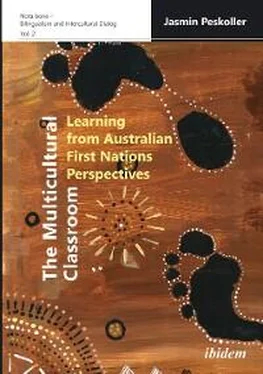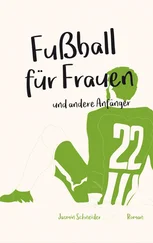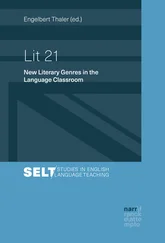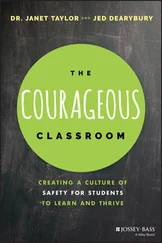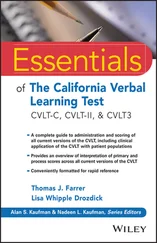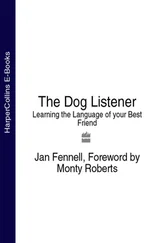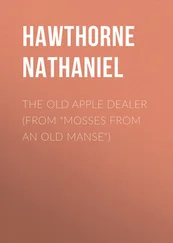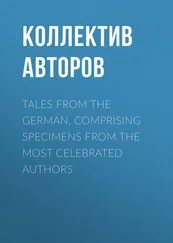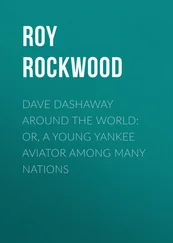3.6.2 Strategies for Incorporating First Nations Perspectives
3.6.3 Analysis of the Honey Ant Readers Textbooks
4.1 Summary of Findings
4.2 Discussion of Findings
5. Implications for Teaching Practice
Chapter VI Conclusion and Outlook
Bibliography
Appendix: Interview Form
First and foremost, I would like to express my gratitude to Barbara Hinger, professor of foreign language education at the University of Graz, for her continuous support and for her encouragement to conduct further research in this intriguing field. Moreover, I am thankful for the valuable feedback from Eva Maria Hirzinger-Unterrainer, professor of foreign language education at the University of Innsbruck, in connection with this book.
I am also particularly grateful for the fruitful collaboration with Australian author and linguist Margaret James, who introduced me to her ambitious projects with remote Australian communities and let me use her inspiring language learning materials for my book. Moreover, the research study would not have been possible without the generous support from Prof. Juanita Sherwood, pro-vice-chancellor of Indigenous Engagement at Charles Sturt University. In addition, I would like to thank Larry Hancock, a Gumbaynggirr language teacher in New South Wales, for allowing me to include one of the songs and lyrics he composed in the traditional Indigenous language of Gumbaynggirr in this book.
Naturally, I would like to thank all the dedicated teachers, teaching assistants, principals, and university professors who were willing to share their valuable perspectives, experiences, and time with me and thereby vitally supported the research project.
Finally, a special cheers goes to all my mates in Austria, Australia, and other parts of the world for their continuous encouragement and support. I am particularly grateful for the critical eye from my friends and colleagues Alice, Elena, James, Sandra, Magdalena, Theresa, Benny, Theresa, Veronika, Nicola, Kathrin, Grit, Sofie, Alexandria, Fabian, and Lukas in connection with this book.
Without all of these special human beings, this book would have never evolved the way it did.
You are deadly! 1
1 Deadly is an expression in Aboriginal English denoting fantastic (Arthur 1996).
Muya Wajaarra 1
Muyalu nyanuum-bigamba ngaanya x3
Let your light come down into me (and fill me up)
Let your breath come down into me (and fill me up)
Let your spirit come down into me (and fill me up)
Let your spirit come down into me (miilarramba ngaanya)
Wajaarra nganyu (miilarramba ngaanya)
Gayirri nganyu (miilarramba ngaanya)
(guitar, sticks)
Giidany nginu jalaawa
Giidany bulaamba jalaawa
Giidany ngujaamba jalaawa
Giidany ngaanyu jalaawa (miilarramba ngaanya)
Ngayan-nginu jalaawa
Ngayan-bulaamba jalaawa
Ngayan ngujaamba jalaawa
Ngayan ngaanyu jalaawa (miilarramba ngaanya)
Muyalu-nyanuum-bigaamba ngaanya (miilarramba ngaanya) x3
Let your light come down into me (miilarramba ngaanya)
Let your breath come down into me (miilarramba ngaanya)
Let your spirit come down into me (miilarramba ngaanya)
Muyalu nyanuum-bigaamba ngaanya (miilarramba ngaanya) x3
miilarramba ngaanya x2
Spirit Come Down 2
Spirit saturate me fully x3
Let your light come down into me (and fill me up)
Let your breath come down into me (and fill me up)
Let your spirit come down into me (and fill me up)
Let your spirit come down into me (fill me)
Come down to earth into me (fill me)
Pour into me (fill me)
(guitar, sticks)
Moon descend into you (one)
Moon descend into you (two)
Moon descend into you (all)
Moon descend into me (fill me)
Sun descend into you (one)
Sun descend into you (two)
Sun descend into you (all)
Sun descend into me (fill me)
Spirit saturate me fully (fill me) x3
Let your light come down into me (fill me)
Let your breath come down into me (fill me)
Let your spirit come down into me (fill me)
Spirit saturate me (fill me) x3
fill me x2
1Song in the traditional Indigenous language of Gumbaynggirr, a variety spoken in New South Wales; lyrics and English translation by Larry Hancock, Gumbaynggirr language teacher.
2Song in the traditional Indigenous language of Gumbaynggirr, a variety spoken in New South Wales; lyrics and English translation by Larry Hancock, Gumbaynggirr language teacher.
ACARA Australian Curriculum, Assessment and Reporting Authority
ACT Australian Capital Territory
AE Aboriginal English
ATSI Aboriginal and Torres Strait Islander People
CEFR Common European Framework of Reference for Languages
EFL English as a Foreign Language
ESL English as a Second Language
HARs Honey Ant Readers
IA Indigenous Australian
NAPLAN National Assessment Program—Literacy and Numeracy
NSW New South Wales
NT Northern Territory
QLD Queensland
SA South Australia
SAE Standard Australian English
TAS Tasmania
VIC Victoria
WA Western Australia
Seeing one of your students proceed in research after having finished their diploma studies is always a pleasure for a supervisor. In her very first course on foreign language education at the University of Innsbruck, Jasmin was one of my students. Her interest in the various topics presented and discussed in the sessions was immediately observable. During her studies, Jasmin enrolled as an exchange student at the University of Technology, Sydney, where she was awarded a study abroad excellence grant. Impressed by the cultural richness and Indigenous heritage, Jasmin started to plan a research project investigating the interface of education and Indigenous cultures in Australia and decided to apply for an international research funding offered by the University of Innsbruck. Her application being successful, Jasmin returned to Australia to carry out her diploma thesis project on the very topic she presents in this book. Learning from Australians First Nations Perspectives is what Jasmin embraced to do in her exploratory, small-scale interview study with 11 experts in the field of Australian First Nations education whilst also glancing at two volumes of the Honey Ant Readers textbook series put forward by Margaret James.
All in all, it takes quite some courage and curiousness to open up to a culturally diverse and pretty different background to one’s own. Jasmin successfully stepped into that endeavor due to her goal-orientation as well as her outstandingly open-hearted and communicative qualities which made her pursue a challenging target in a self-paced way. Hence, Jasmin’s contribution offers valuable insights and fresh perspectives, strengthens research on Australian First Nations education and raises the issue of multilingual classrooms in an increasingly diverse world.
Finally, I’d like to acknowledge the Traditional Owners of the land on which Jasmin carried out her research. I would also like to pay my respect to their Elders past and present and extend that respect to all Aboriginal and Torres Strait Islander peoples today.
Barbara Hinger
July 2021, Graz, Austria
Education is the most powerful weapon which you can use to change the world.
Nelson Mandela, in a speech at Madison Park High School, Boston,
23 June 1990 (Ratcliffe 2018)
Nelson Mandela, one of the most distinguished activists, politicians, and revolutionaries for freedom and equality, expresses the effectiveness and fundamental importance of education in the above quote. As a result of the possibility and responsibility of equipping learners with the necessary knowledge, skills, and attitudes for citizenship, and thus preparing them for participation in a global society, educators are accorded a highly significant role. As multilingualism and multiculturalism constitute increasing realities in societies and classrooms across the globe, it is of particular importance for educators to learn about the factors connected to students’ home language and culture that can facilitate or impede their learning and to revise teaching materials and methodology accordingly.
Читать дальше
